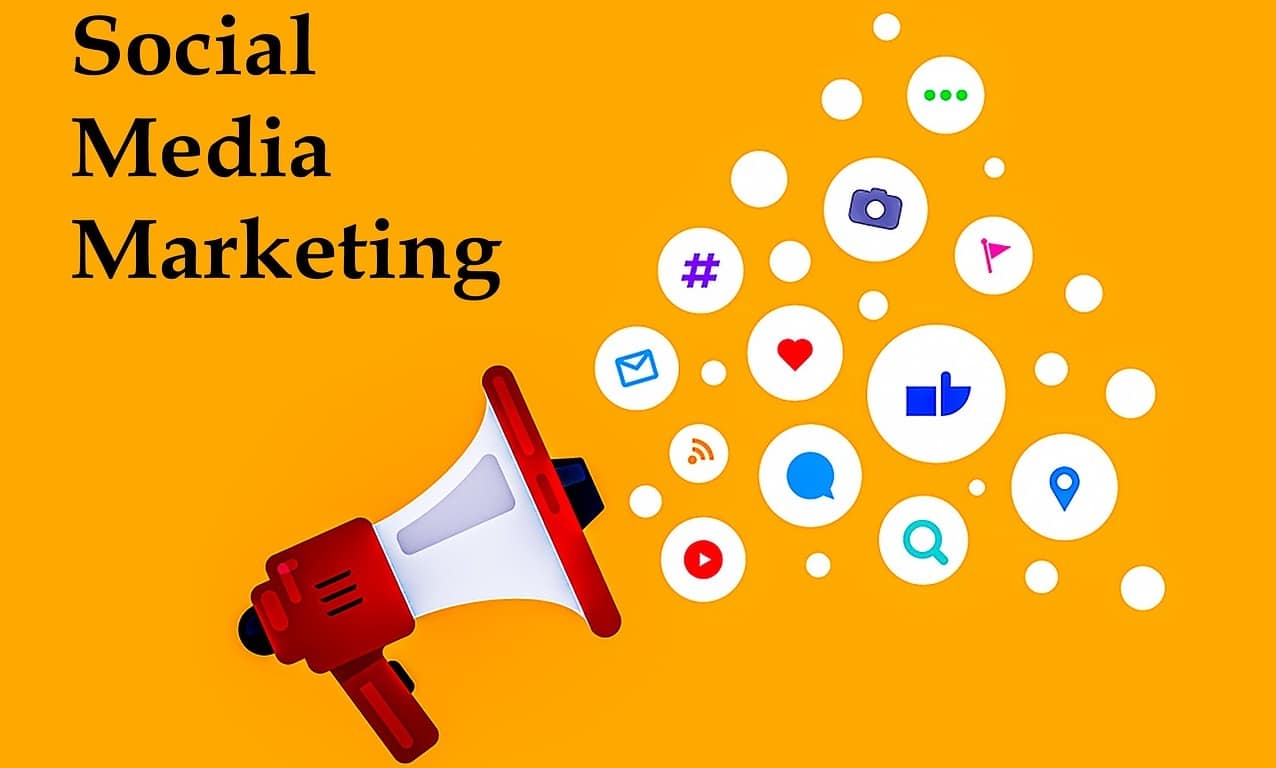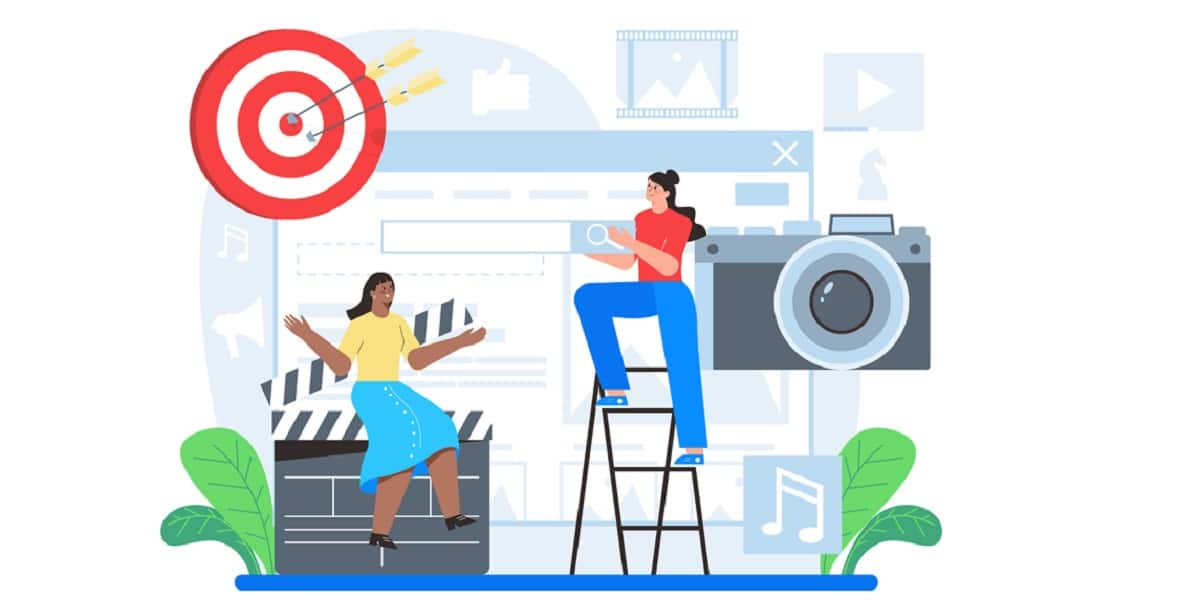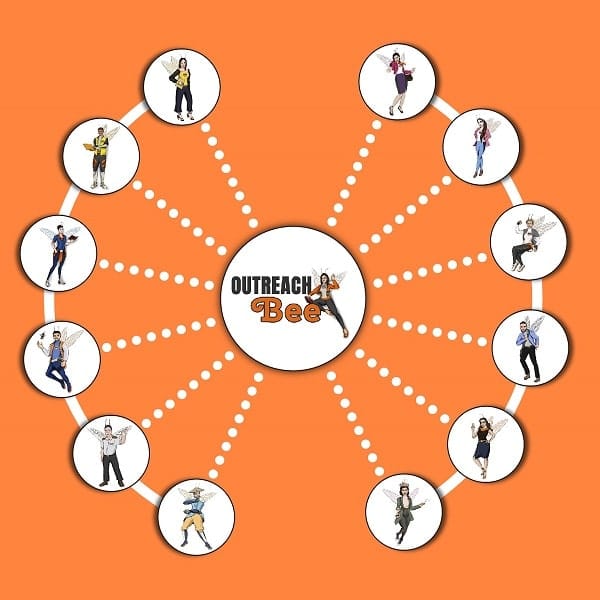Is it time to completely revamp your advertising approach? Broadcasting messages to the public is no longer a viable marketing strategy in today’s competitive digital marketplace.
Instead, the focus should be on creating relevant, entertaining, and valuable content so that consumers come to you naturally. Here is when the power of inbound and content marketing comes into play.
However, how can you go beyond the most fundamental strategies and see results? It would help to use innovative tactics to keep up with your audience’s ever-changing demands.
A company’s content may become an effective instrument for generating engagement, sales, and loyalty when imagination, data, and innovation come together.
To ensure your content and inbound marketing campaigns succeed in the long run, this post will review practical ways to improve them. So let’s start with these series of content marketing and inbound marketing strategies to ensure success.
Strategies for Content Marketing and Inbound Marketing
Prioritize Personalization in Content Delivery
Modern audiences reject generic, one-size-fits-all material. Personalization is essential to grab people’s attention and earn their trust.
Businesses may now provide individualized experiences thanks to cutting-edge technologies like AI and consumer data platforms.
For example, one way to enhance engagement is by using dynamic content derived from user behavior or preferences.
Demonstrating an understanding of your audience’s specific requirements may be achieved via personalized emails, product recommendations, and content ideas.
You may target specific demographics, hobbies, or buying habits with your advertisements by evaluating user data and using segmentation.
Both the click-through rates and the quality of the interactions with customers are enhanced by this method.
Leverage SEO for Content Optimization

Although SEO is still crucial to the success of content marketing, more sophisticated tactics go beyond just using keywords.
To make your material more visible in search engines, you should prioritize subject clusters, internal linking structures, and semantic search optimization.
By doing thorough keyword research, find low-competition, high-intent keywords that relate to your audience’s demands.
Ensure your website is also technically sound by making sure it loads quickly, is responsive to mobile devices, and has an optimal structure.
Insights into performance, gained by combining SEO with analytics tools, may further aid strategy refinement, leading to improved outcomes.
Create Interactive and Multimedia Content
A dynamic method to engage your audience is via interactive content, which includes polls, calculators, infographics, and quizzes. Multimedia forms, such as podcasts and videos, accommodate a variety of learning styles.
For example, adding a WooCommerce product video on your e-commerce site may increase product knowledge and conversions. Not only does it draw in readers, but it also makes them want to stay on your site longer.
Your material will be more memorable and shared with interactive aspects that enable real-time user participation. You may strategically use these formats to make your business stand out digitally.
Emphasize Thought Leadership
Your brand’s reputation and trustworthiness will increase if you position it as a thinking leader. Post informative, in-depth articles that discuss current and future trends and problems in your field.
White papers, case studies, and long-form blogs are great ways to demonstrate your knowledge while giving readers something they can use.
Participating in relevant online conversations on sites like LinkedIn can further bolster your credibility.
To be a thought leader, you must show that you can solve issues and provide insightful commentary, not just push your goods. Using this strategy, you can draw in customers who will always turn to your brand for support.
Harness the Power of Marketing Automation

Automating routine marketing processes may free up time and energy to concentrate on strategy.
Marketo and HubSpot are two advanced solutions that may assist with lead nurturing, social media scheduling, and email marketing campaigns.
Thanks to automation, your audience will receive timely and appropriate communications according to their trip stage.
For example, automated drip campaigns allow little human participation in guiding prospects through the sales funnel.
Data from automated campaigns may be tracked and analyzed to reveal what works and what doesn’t, allowing you to improve future campaigns.
Integrate User-Generated Content (UGC)
An effective strategy for establishing credibility and reliability is user-generated content. Posts, testimonials, and reviews on social media are great ways to get consumers to talk about their experiences.
By showcasing user-generated content (UGC), you can do double duty: boost your brand’s reputation and bring your audience closer together.
Using competitions or campaigns to incentivize user-generated content and tools to select high-quality user contributions are examples of advanced tactics.
Trust and conversion rates are boosted when prospective buyers see individuals supporting your business.
Focus on Data-Driven Decision Making
For inbound and content marketing to be effective, data is king. Analytics tools like Google Analytics, heat maps, and social media insights can be used to monitor user actions and evaluate efficacy.
Advanced data-driven tactics include A/B testing, predictive analytics, and trend identification using artificial intelligence.
By analyzing this data, you may get valuable insights into your content strategy, such as the subjects that connect with your audience the most or the platforms that provide the best return on investment.
You must constantly evaluate your performance and adjust as needed to maintain an advantage over your competitors.
Master Multi-Channel Content Distribution

The distribution of high-quality material is just as critical as its creation. To increase their reach and engagement, advanced marketers adopt multi-channel methods.
Make a blog article work for multiple mediums by adapting it for video, infographics, and social media.
Another way to make your material more visible is email newsletters, paid marketing, and influencer relationships.
Your content will reach the appropriate people at the right time with tools like Buffer or Hootsuite, which allow you to manage and evaluate distribution efforts.
Build a Community Around Your Brand
One key component of effective inbound marketing is making your target audience feel like they belong.
Create communities where your audience may interact with your brand via private groups, forums, or live events.
This method encourages patronage and converts them into champions. Webinars and interactive Q&A sessions are great ways to connect with your audience personally and build connections with them.
You can also position your business as an authority in the community by joining social media groups where people can discuss their experiences.
Conclusion
Success in the inbound marketing and content marketing realms requires a commitment to continuous development. In the crowded digital world, you can distinguish with advanced methods like thought leadership, interactive content, and customization.
Improve your efforts and get quantifiable outcomes using automation, user-generated content (UGC), and data analytics.
Always keep in mind that the goal of good marketing is not just to increase sales but also to create loyal consumers who will enthusiastically promote your brand to others.
Use these cutting-edge strategies for Content Marketing to stay ahead of the curve in today’s dynamic digital world and achieve sustained success.
With if you to discuss about these strategies for Content Marketing and inbound marketing, please get in touch with us via Facebook, LinkedIn or X.



Content Marketing vs. SEO: Why You Need Both to Win Online
What is a Blog? – Definition, How to Start a Blog, and Why Your Business Needs One